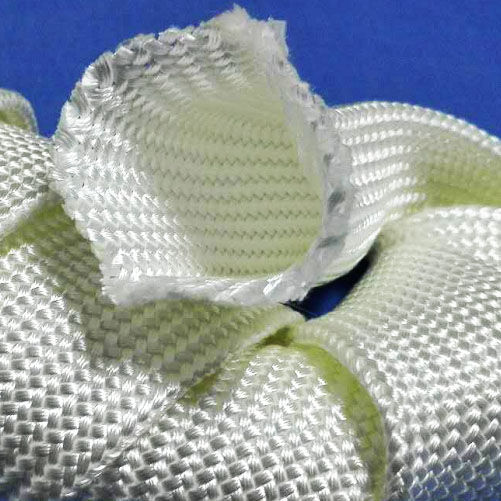Carbon Fiber Veil, also known as carbon fiber mat or carbon tissue, is a non-woven material made from extremely fine carbon fibers. Unlike woven carbon fiber fabrics, where the fibers are interlaced in a specific pattern, carbon fiber veil consists of randomly oriented carbon fibers that are held together by a binder or by entanglement, without the regular pattern found in woven textiles. This form of carbon fiber material is typically very thin and lightweight, offering a unique set of properties and applications distinct from woven carbon fiber fabrics.
Feature:
l Uniform Thickness and Surface Finish:
Carbon fiber veil provides a smooth and uniform surface finish, making it ideal for applications requiring a high-quality aesthetic appearance or a fine outer layer for composite parts.
l Low Weight:
It is extremely lightweight, adding minimal weight when incorporated into composite materials or structures.
l Electrical Conductivity:
Like other carbon-based materials, carbon fiber veil has inherent electrical conductivity, which can be beneficial in applications requiring electromagnetic interference (EMI) shielding or electrical conductivity.
l Improved Surface Finish in Composites:
When used as a surface layer in composite materials, it can improve the surface finish, providing a better base for painting or coating.
l Enhanced Laminate Properties:
Though not as strong as woven fabrics, adding a veil can improve the interlaminar properties of composite materials, such as fracture toughness and impact resistance.
Application:
l Aerospace and Automotive:
For surface layers of composite parts, improving the finish and paintability while adding minimal weight.
l Wind Energy:
In the manufacture of wind turbine blades, where it can improve the surface quality and contribute to the overall performance of the composite structure.
l Sports Equipment:
In high-performance sports gear where a superior surface finish and lightweight are crucial.
l Industrial:
In components requiring good surface finish and electrical conductivity, such as casings for electronic devices or parts requiring EMI shielding.
l Marine:
For the outer layers of composite boat hulls, improving the surface quality and resistance to water ingress.
top of page
HITEX
Advanced Composites
Our Products
Related Products
bottom of page
















